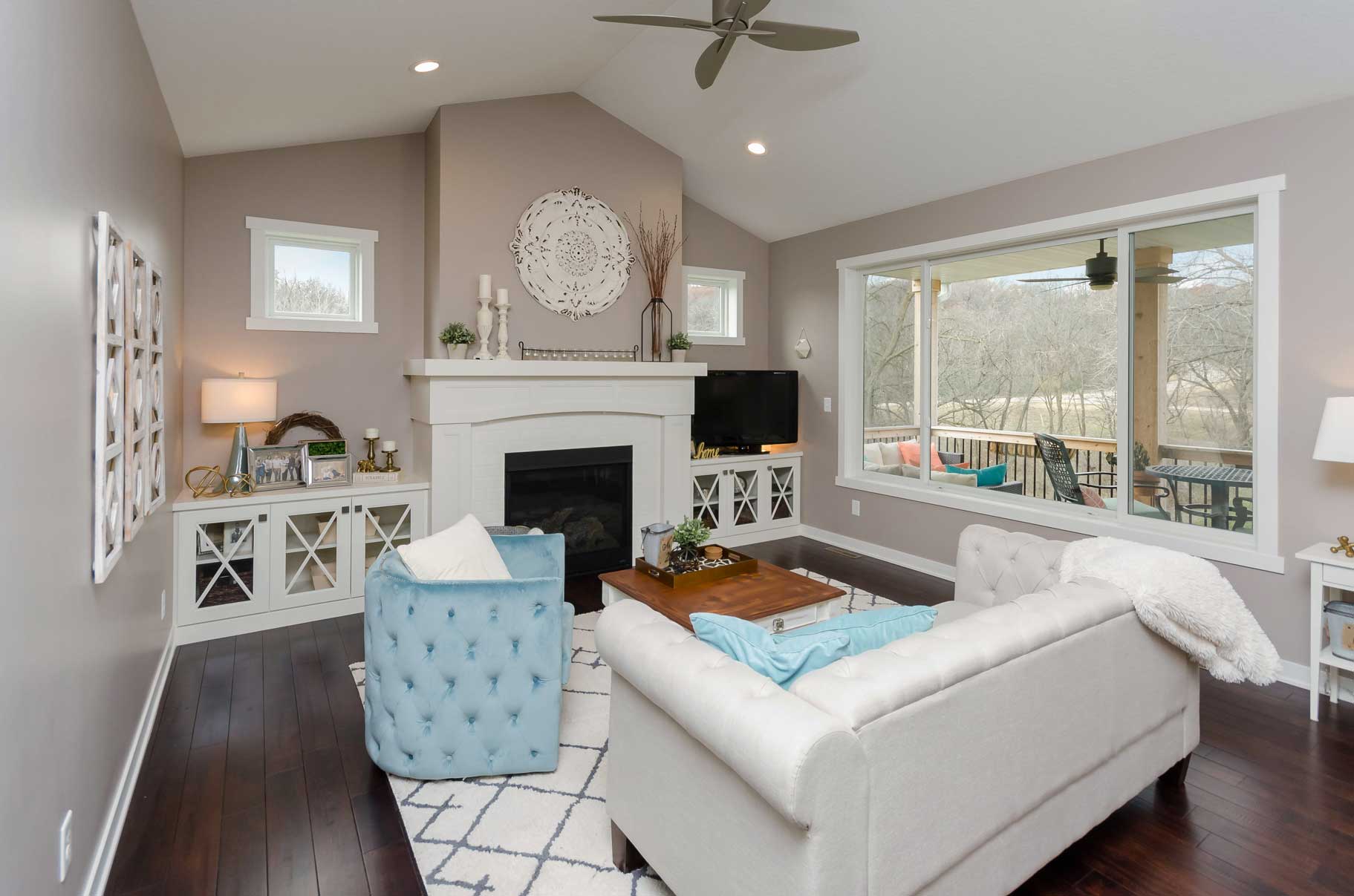Med City Builders Blog
Air to Air Exchanger
Today I’m going to run down my typical walk through discussion with my customers regarding their air to air exchangers. I normally start off by making sure people don’t overthink what the system is designed to do. Anyone who has stepped foot through a doorway or opened a window in a home has essentially used an air exchanger. The concept is simple at that point. You open a door and exchange outside air for inside air. This being the case, we do the exact same thing with an actual air exchanger, but we end up exchanging the outside air for inside air with something mechanical vs just a passive source like a door or window.
In new homes today, we are offered basically two forms of air removal/intake systems. Both systems are ways for us to remove moisture primarily from our bathroom sources as well as bringing fresh air in when the system is on. The first is a “balanced system” which is what an air exchanger creates and what I will explain more below. The other is a “force air system” which relies on bath fans to remove inside dirty/moist air. The forced air system also relies solely on a large intake pipe in the basement to replace the air that is being removed by the bath fans. It is normally a 6 inch or larger pipe that is a direct inlet of bitter cold air. Most homes today are built with a forced air system. They don’t do a good job of removing/replacing air due to the design. Also, most builders installing this system don’t do a good job of explaining ways they could make them work better. I install air to air exchangers on almost every home I build today. I also take time at our pre walk through, final walk through, 30 day after closing walk through, as well as the one year from closing walk through explaining the system because I truly do want my customers to understand the system properly.
Why do we get sick more often in the winter months? Is it because it is cold outside or is it because since it is cold we spend more time in confined spaces with other people who are sick? I tend to believe the later. If we get home from work or school in the spring, summer, and fall we often spend more time outside. We also spend it with doors and windows being open. Like I stated above, this takes the form of a passive air exchanger. We spend the majority of the time in these seasons with fresh air at our disposal. Then we shift to winter and we come home from work or school and shut the door for the night. Anyone who was sick in the home is now more likely exposing the people around him or her to what is ailing them. This is a major reason for the use of an air exchanger and why a forced air system doesn’t cut it. We will get sick less often if we can create a spring, summer, fall environment vs a winter one.
Winter time, turn it on! For the type of systems I install in new homes, I have my customers turn on their air exchanger to the low setting from October 1 – May 1. Basically it is on during the time of the year we don’t or can’t have a window/door open. I often say we turn it on when the furnace starts kicking out heat for the winter, but it is the same logic. We NEED to exchange air when our windows and doors open less. While the system runs in the winter, it is basically allowing us to keep a window open to the outside all winter long, but much more efficiently. The warm moist air that is being pulled out of the house by the air exchanger is being mixed with the cold fresh air right inside the air exchange unit normally located in the utility room of a basement. This too is what makes it more economical over the standard bath fan system in a home. It is also the reason you might have heard the term heat exchanger for the same type of system. When we mix the air paths inside the air exchanger we are grabbing the heat from the air leaving and warming up the cold air coming in.
Summer time, turn it off! In my new homes, I highly recommend clients to turn their systems off in the spring, summer, and fall months. More importantly in the summer, because of how the system is designed to work. When we run the system in the winter, we do so because we don’t spend much time opening and closing doors and windows. We do go outside plenty in the summer, and even though the air is on and we have the windows closed, we go in and out much more frequently. I often tell my clients that we don’t want to have the air exchanger on(which is the same as leaving a window open) and have the air conditioner running. By doing so we are removing inside, cool, dehumidified air for extremely humid air for the outside. It will make your air conditioner run more period!
Lets recap. Run your air to air exchanger in the winter months and turn it to standby in the spring, summer, and fall. You should still press your fan button control in all times of the year to remove that surge of moisture when we bath or shower, but the air exchanger itself will be fairly dormant during the summer months.







